€3.98
/ per pack
Choose seeds per pack:
Botanical Name: Cyrtostachys renda
Common Name: Lipstick Palm, Lakka Palm, Sealing Wax Palm, Red Sealing Wax Palm, Rajah Palm
Family: Arecaceae
Cyrtostachys renda is a stunning tropical palm species admired for its vivid red crownshaft and leaf stalks, which create a striking contrast against its lush green foliage. Typically growing 6 to 15 meters tall, it forms slender, smooth, ringed trunks and dense clumps, making it a highly decorative feature in tropical landscapes. Native to swampy lowlands of Southeast Asia, particularly Sumatra, Borneo, and the Malay Peninsula, it thrives in warm, humid climates with consistently moist, well-drained soils. The Lipstick Palm prefers full sun to partial shade and high humidity and is ideal for tropical gardens, water features, or container cultivation in greenhouse conditions. Its vibrant coloration makes it one of the most recognizable and sought-after ornamental palms in the world.
| Weight | N/A |
|---|
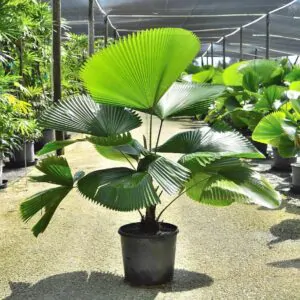
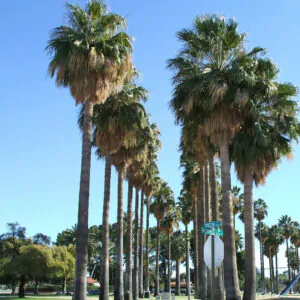
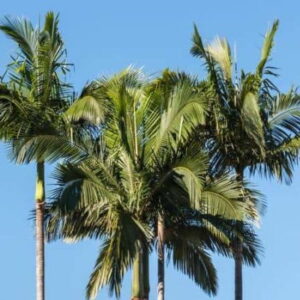
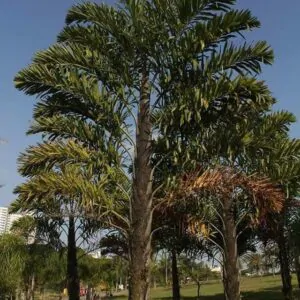
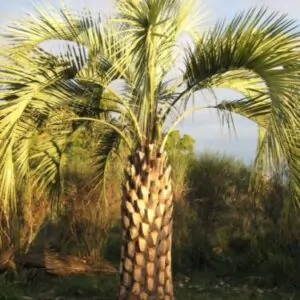
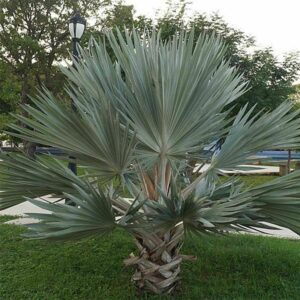
Copyright © 2025 Quinta do Ouriques
| Cookie | Duration | Description |
|---|---|---|
| cookielawinfo-checkbox-analytics | 11 months | This cookie is set by GDPR Cookie Consent plugin. The cookie is used to store the user consent for the cookies in the category "Analytics". |
| cookielawinfo-checkbox-functional | 11 months | The cookie is set by GDPR cookie consent to record the user consent for the cookies in the category "Functional". |
| cookielawinfo-checkbox-necessary | 11 months | This cookie is set by GDPR Cookie Consent plugin. The cookies is used to store the user consent for the cookies in the category "Necessary". |
| cookielawinfo-checkbox-others | 11 months | This cookie is set by GDPR Cookie Consent plugin. The cookie is used to store the user consent for the cookies in the category "Other. |
| cookielawinfo-checkbox-performance | 11 months | This cookie is set by GDPR Cookie Consent plugin. The cookie is used to store the user consent for the cookies in the category "Performance". |
| viewed_cookie_policy | 11 months | The cookie is set by the GDPR Cookie Consent plugin and is used to store whether or not user has consented to the use of cookies. It does not store any personal data. |